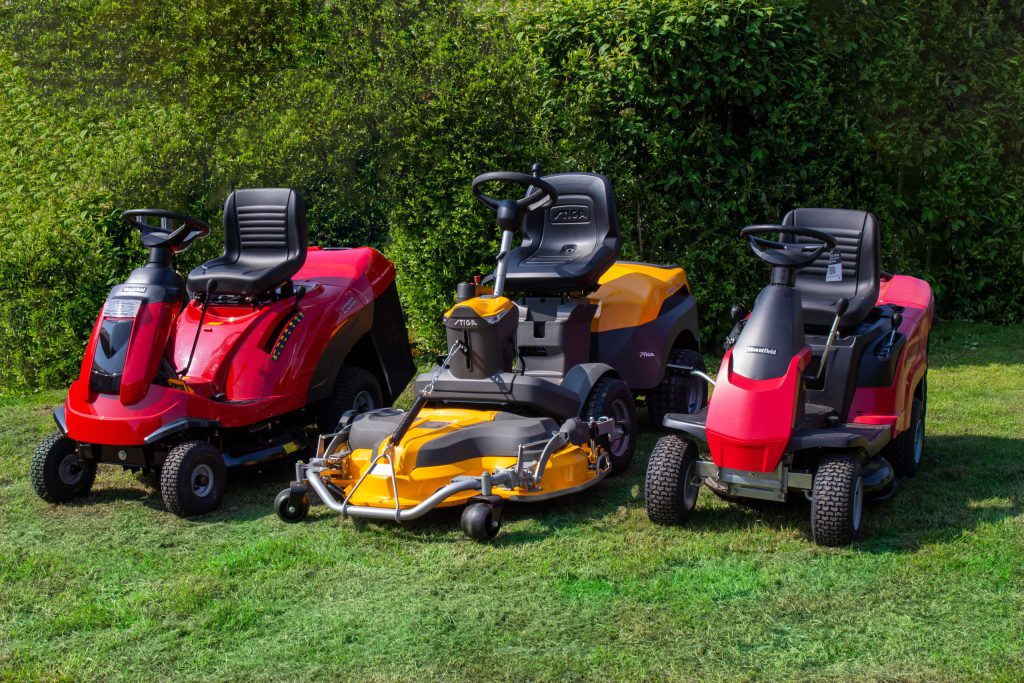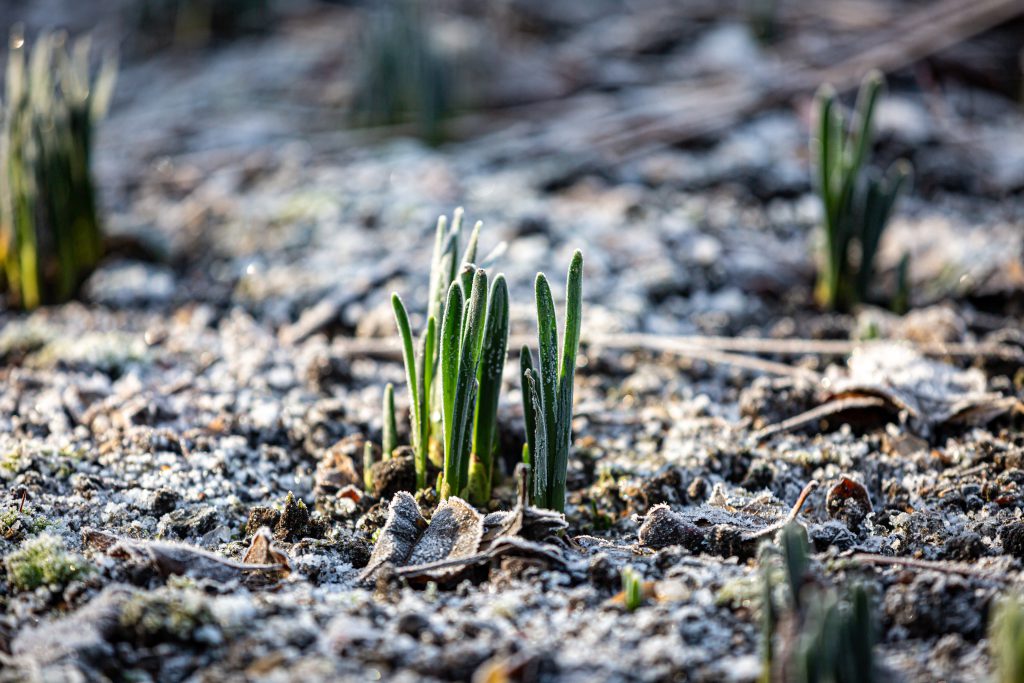Posts by TGC Admin
Front of House Server – Lime Kiln Kitchen
This role is Full Time.
Main duties to include:
- General catering duties
- Providing good customer service
- To maintain a clean and safe working environment
Applicants must be confident, enthusiastic and able to learn quickly. Minimum of 1 years serving/catering experience is essential.
Weekend availability is essential.
Please send your CV to: Juan Fursse – juan@thetfordgardencentre.co.uk
Thetford Garden Centre, Thetford, Norfolk IP24 2RL
Here at Thetford Garden Centre, we’re working to create a more diverse, inclusive team that will bring skills, energy, & enthusiasm to our workplace.
Sous Chef – Lime Kiln Kitchen
This is a great opportunity for a Sous Chef to join an established business with an in-house, public facing restaurant, working alongside the Head Chef in heading up the kitchen operation. Serving fresh, locally sourced produce in both Lime Kiln Kitchen and Norfolk Pizza Co., you will have a passion for good food and consistently high standards.
Key Skills Required:
- Experience gained working as a Senior Chef de Partie or Junior Sous Chef in busy commercial catering or restaurant operations
- Creativity – the ability to create new menus with a hands on approach and eye for detail
- Running the kitchen in the Head Chef’s absence
- An understanding of legislation and compliance
- A positive, can-do attitude
What we offer:
- Competitive Salary
- Sociable hours
- Tip share
- Career progression
- Employee discount
- Pension
- Paid holiday
CVs and Cover Letter to – james@thetfordgardencentre.co.uk
Mr. James Feuer
Thetford Garden Centre, Kilverstone, Thetford, Norfolk IP24 2RL
Machinery Assistant – Thetford Garden Centre
- Work closely with the team and build a strong rapport with your colleagues
- To support the line manager with the strategic development of the Machinery department
- To drive sales and profitability of the department through inversion and fantastic customer service
- To ensure retail standards are always at their best and inline with our values as a business
- To ensure all administrative duties are carried out and maintained within a reasonable time frame
- To make sure efficient processes are in place to guarantee consistency across the department
- To keep up to date with all current legislations and trends within the marketplace
- To work with the engineer to push servicing and repairs in our workshop with strategic planning and impeccable customer service
Role will include working alternative weekends.
To Apply – Please send a copy of your CV to: Mr Laurie Dolby
Senior Internal Gardening & Outdoor Living Manager
Thetford Garden Centre
Kilverstone, Thetford, Norfolk, IP24 2RL
T: 01842 763267
E:laurie@thetfordgardencentre.co.uk
Here at Thetford Garden Centre, we’re working to create a more diverse, inclusive team that will bring skills, energy, & enthusiasm to our workplace.
Your January Garden – Winter Edition
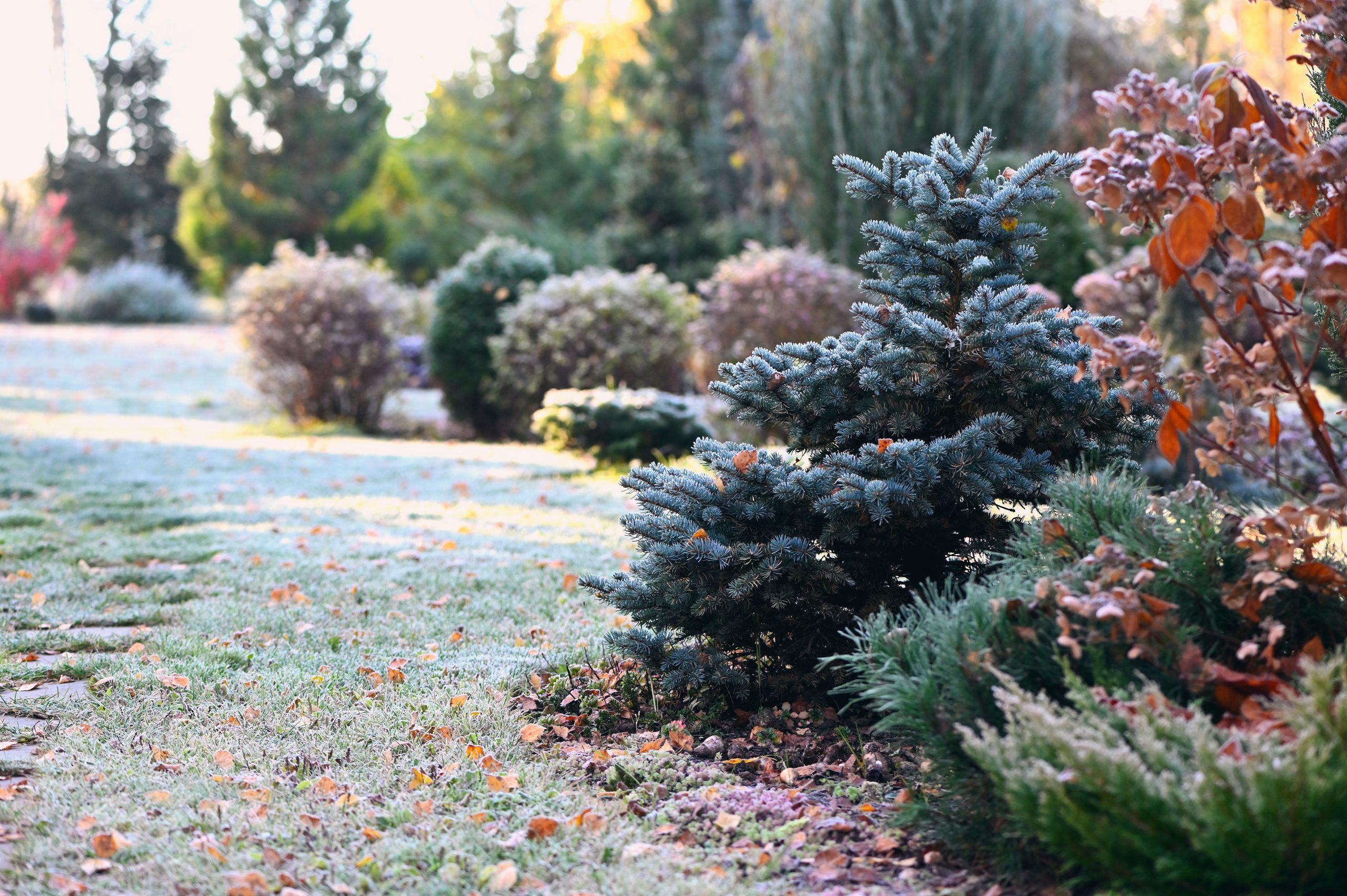
January Gardening Jobs
- Prune apple and pear trees
- Clean pots and greenhouses ready for spring
- Dig over any new vacant plots that have not been dug already
- Disperse worm casts in lawns
- Inspect stored tubers of Dahlia, Begonia and Canna for rot or drying out
- Recycle your Christmas tree by shredding it for mulch
- Start forcing rhubarb
- Plan your vegetable crop rotations for the coming season
- Keep putting out food and water for hungry birds
- Make a polythene shelter for outdoor peaches and nectarines to protect against peach leaf curl
Plants & Flowers
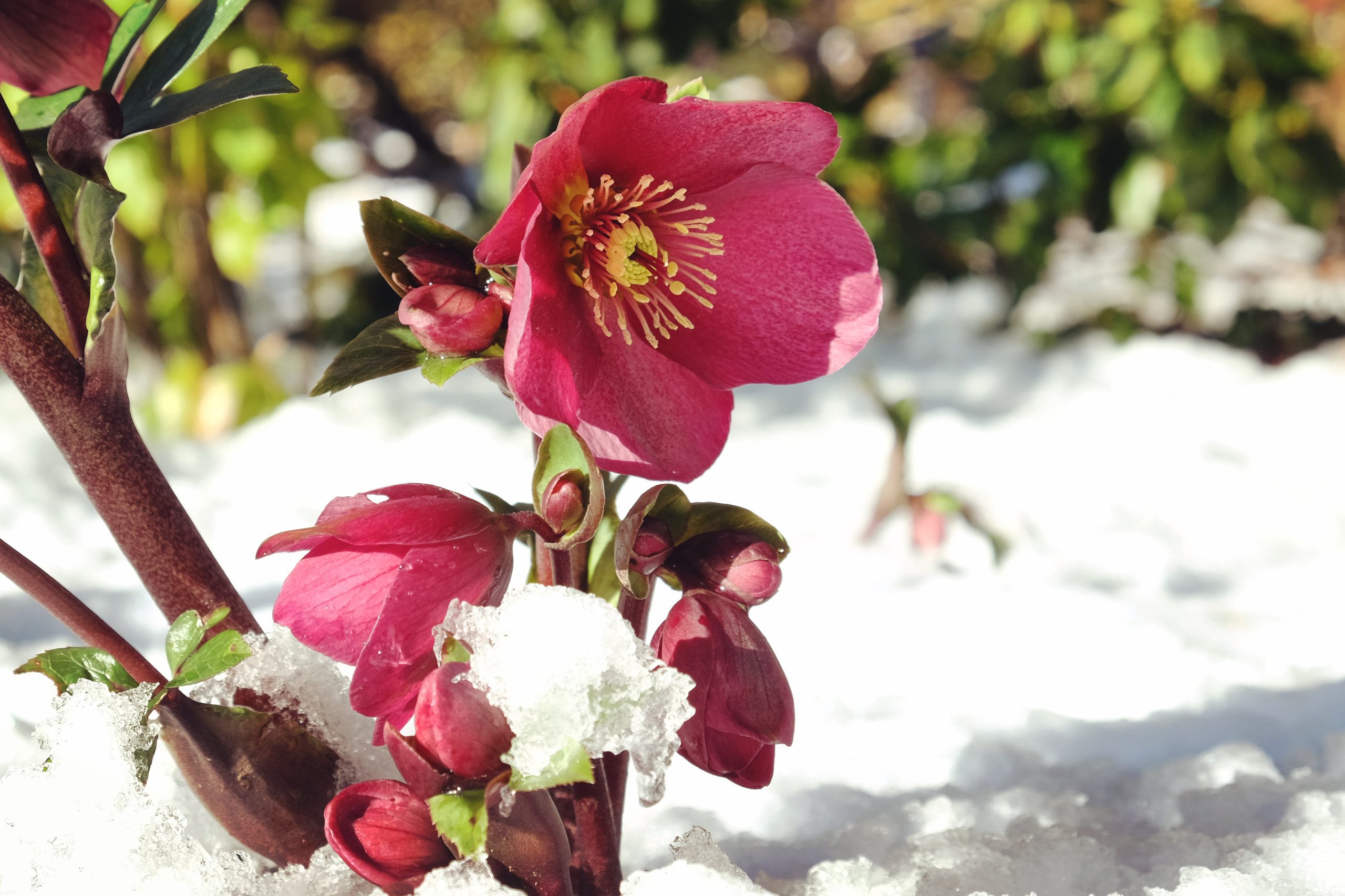
Keep your borders tidy by raking up any winter debris and leaves. Prepare for spring by clearing up weedy beds.
Sweet peas can be sown this month. Place them on a sunny windowsill, or on a high shelf in a sunny greenhouse.
Cut off old leaves of hellebores that produce flowers from ground level to exposed the flowers.
Similarly, cut away some Iris leaves to expose the flowers
Lawn
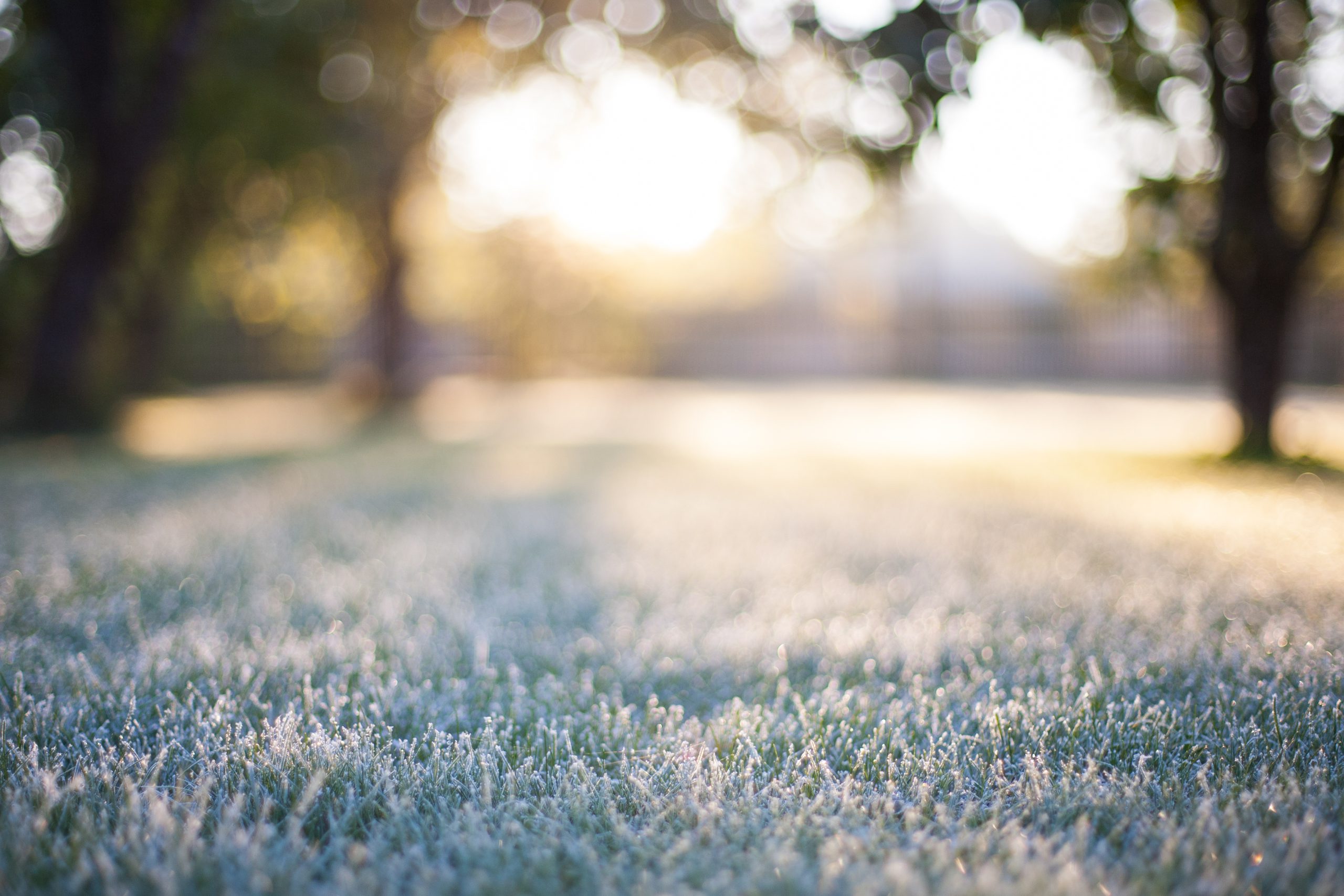
Even out hollows and bumps – Cut an H-shape into the turn, peel back the grass and fill the space with soil. For a bump, cut the same shape and remove excess soil.
Avoid walking on frost covered lawns – this will damage the grass and leave browned footprints.
If the ground is not too cold, re-cut lawn edges to neaten up the garden and prevent grass growing in your borders.
Ponds
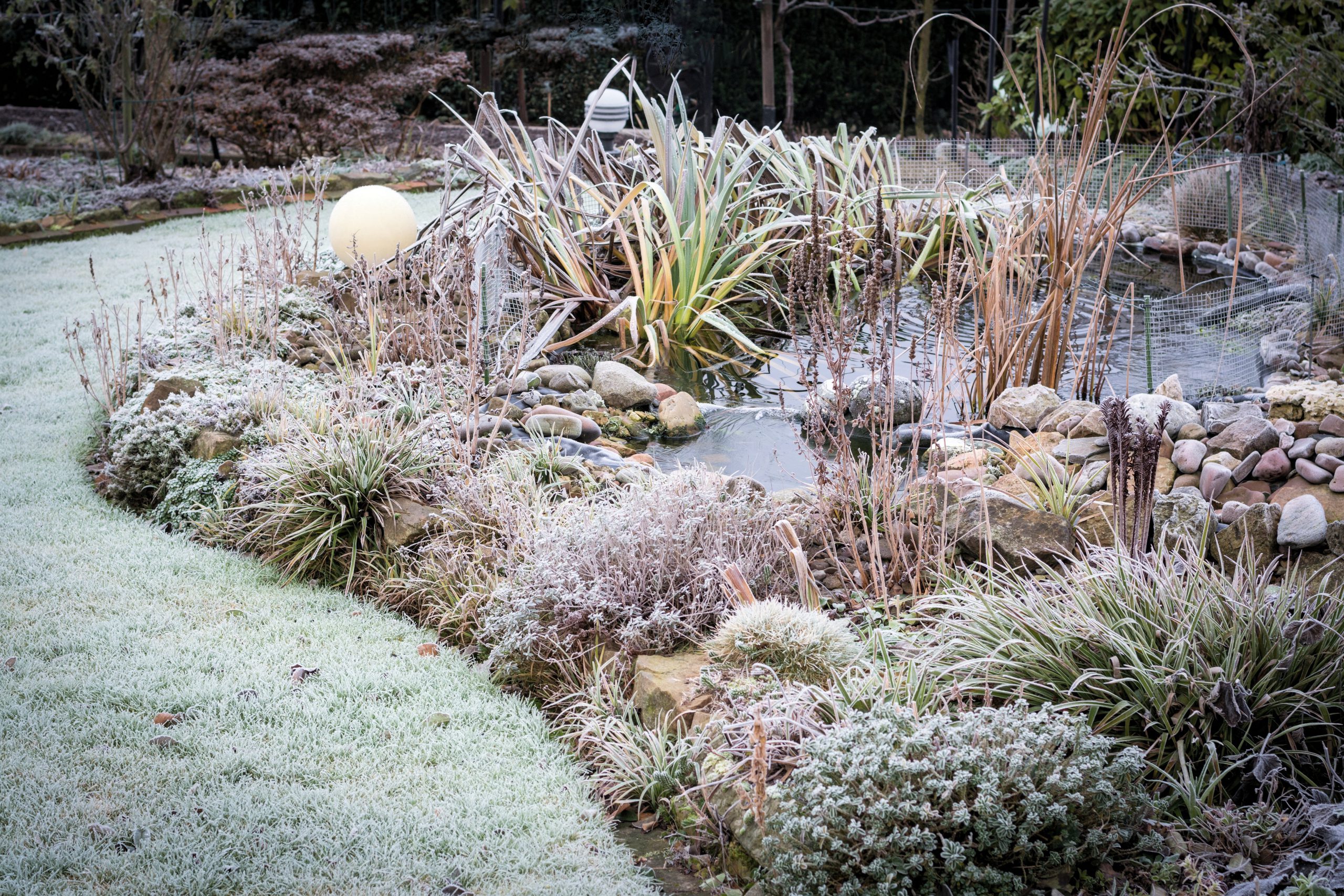
Rake out fallen leaves or shake off any that have landed on protective netting.
Keep an eye on your pond water level as hard frost can cause defects in the liner and even in concrete structures. If you notice a considerable drop in the level, then a leak may have occurred. The repair can be done in the spring so keep the water topped up until then.
Beware of ice forming on the pond if you have fish as this can be fatal. Either install a air pump or pond heater to prevent this.
You can also make a hole by placing a saucepan of hot water on the surface until is has melted. Do not crack the ice as this can harm the fish.
Trees & Shrubs
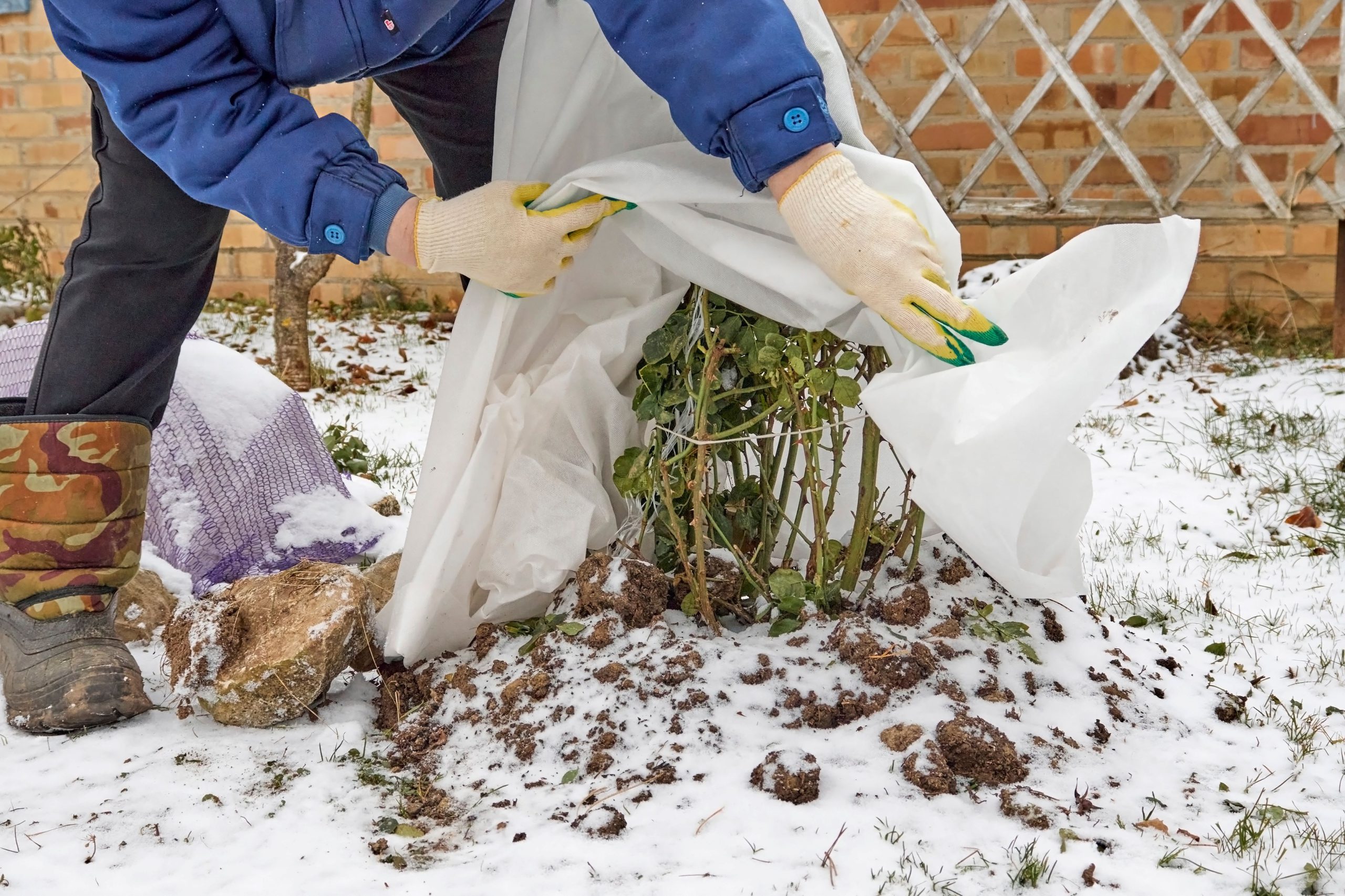
Continue to plant roses but avoid anywhere that roses have been previously planted. This can lead to issues with replant diseases.
Check tree ties and stakes as cold and harsh winds can loosen them.
Protect new trees, hedges and shrubs from the cold weather, winds and frost. Thick dry mulch will protect the roots and branches can be covered with fleece. For evergreens, keep the light coming through by covering with clear polythene – don’t let it touch the leaves as they could freeze or rot from condensation.
Your February Garden – Winter Edition
February Gardening Jobs
- Prepare vegetable seed beds, and sow some vegetables under cover.
- Chit potatoes tubers
- Protect blossom on apricots, nectarines and peaches
- Net fruit and vegetable crops to keep the birds off
- Prune winter-flowering shrubs that have finished flowering
- Divide bulbs such as snowdrops, and plant those the need planting ‘in the green’
- Prune Wisteria
- Prune hardy evergreen hedges and renovate overgrown hedges
- Prune conservatory climbers such as bougainvillea
- Cut back deciduous grasses left uncut over the winter, remove grass from evergreen grasses
Plants & Flowers
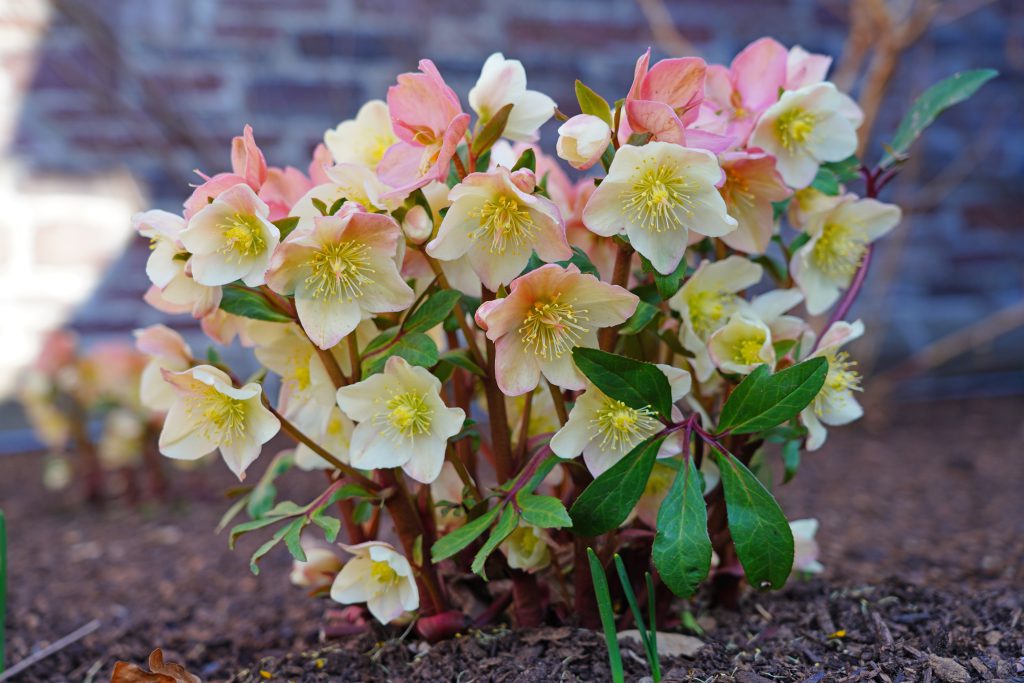
Cut off old leaves of hellebores that produce flowers from ground level to exposed the flowers.
Divide clumps of herbaceous perennials to propagate, those that have become too large for their allotted space, and also those flowering poorly or have lost shape.
Deadhead winter pansies and other flowers from ground level to expose the flowers and remove risk of diseases such as hellebore leaf spot.
Lawns
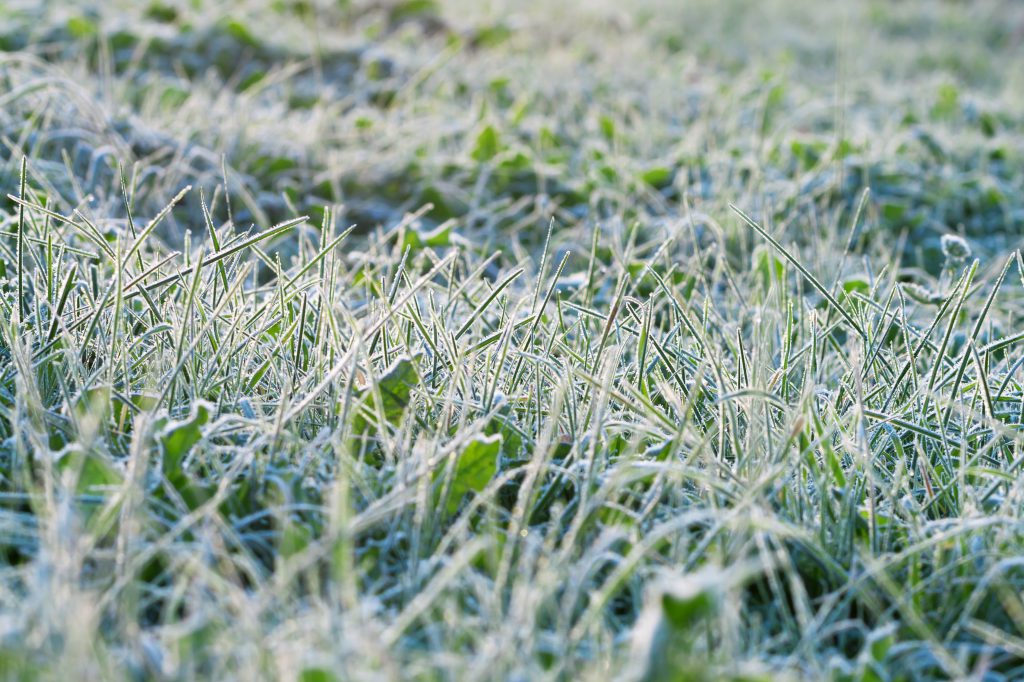
Grass will begin to grow at temperatures above 5 degrees Celsius. If you choose to cut the grass, only mow when the grass is dry and set the cutting height to maximum.
Avoid walking on the lawn when frosty. This can damage the blades of grass and leave brown footprints.
Ponds
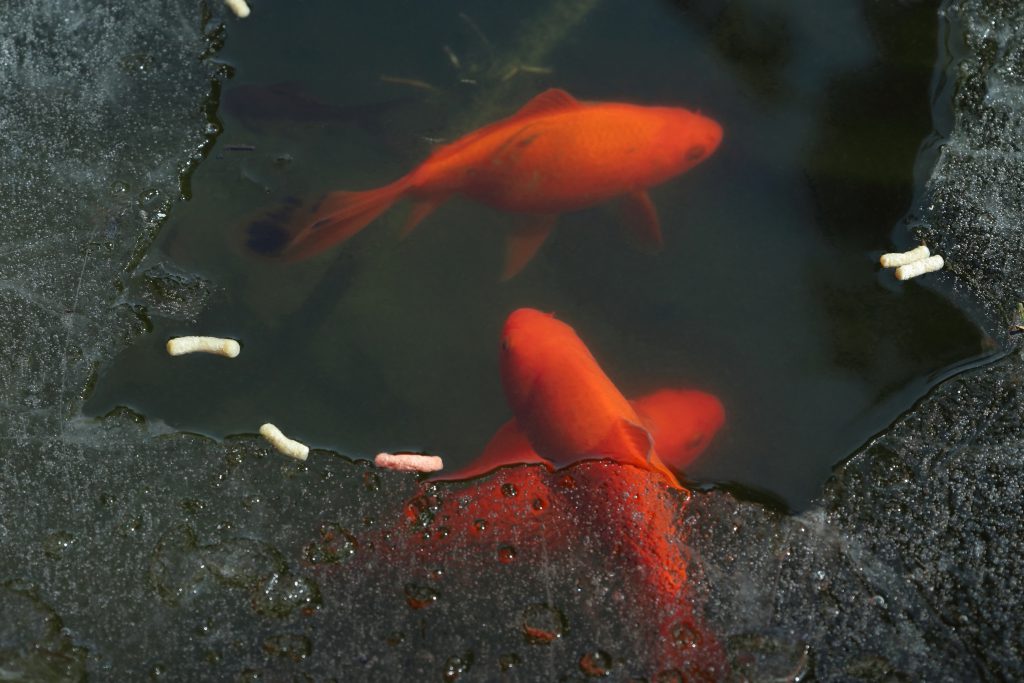
Rake out fallen leaves or shake off any that have landed on protective netting.
Keep an eye on your pond water level as hard frost can cause defects in the liner and even in concrete structures. If you notice a considerable drop in the level, then a leak may have occurred. The repair can be done in the spring so keep the water topped up until then.
Beware of ice forming on the pond if you have fish as this can be fatal. Either install a air pump or pond heater to prevent this.
You can also make a hole by placing a saucepan of hot water on the surface until is has melted. Do not crack the ice as this can harm the fish.
Tress & Shrubs
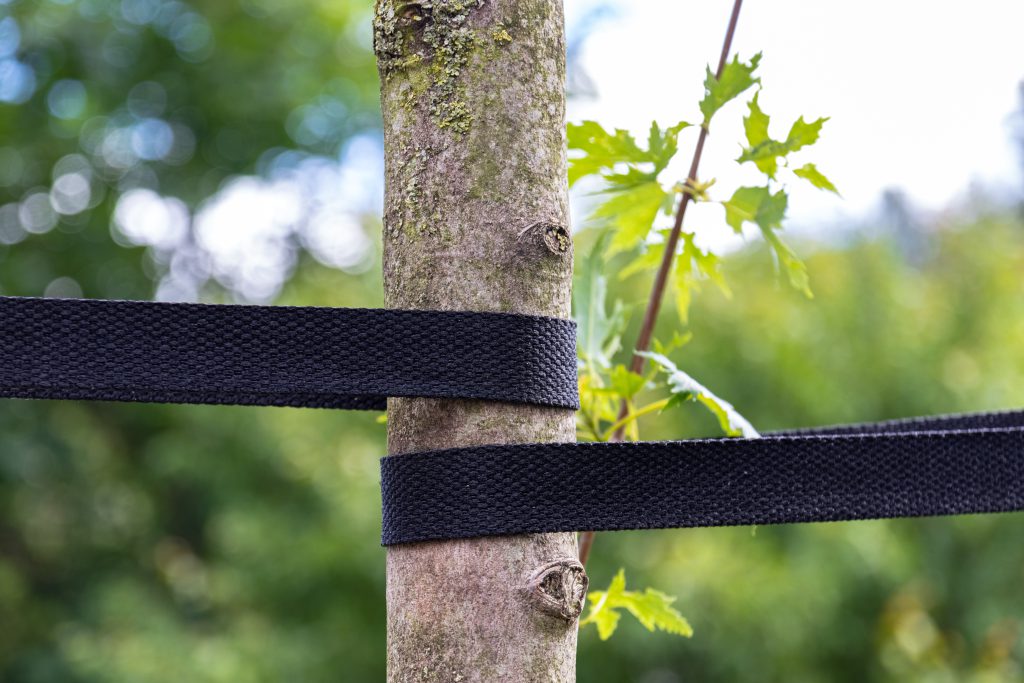
Continue to plant roses but avoid anywhere that roses have been previously planted. This can lead to issues with replant diseases.
Check tree ties and stakes as cold and harsh winds can loosen them.
Protect new trees, hedges and shrubs from the cold weather, winds and frost. Thick dry mulch will protect the roots and branches can be covered with fleece.
Your March Garden – Spring Edition
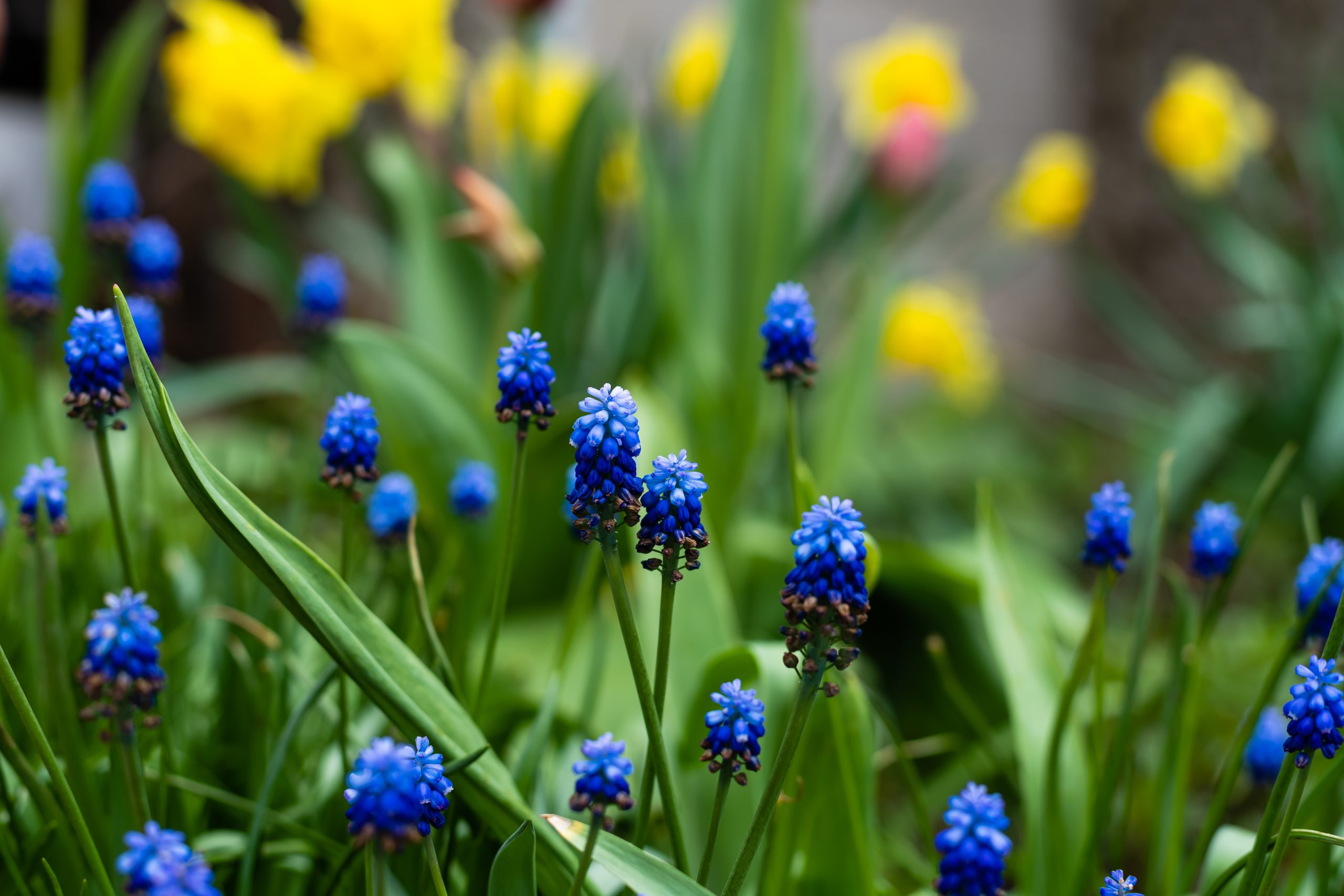
March Gardening Jobs
- Prune and bush and climbing roses
- Plant onion sets and shallots
- Plant summer-flowering bulbs
- Lift and divide overgrown clumps of perennials
- Plant early potatoes
- If needed, mow the lawn on dry days
- Cut back herbaceous perennials and ornamental grasses that have been left standing over winter
- Keep a few Dandelions in your garden to help support pollinators
- Start off Dahlia tubers in pots or trays of damp peat-free compost
- Prune Buddleja to a low framework of stems to encourage new flowering growth
Plants & Flowers
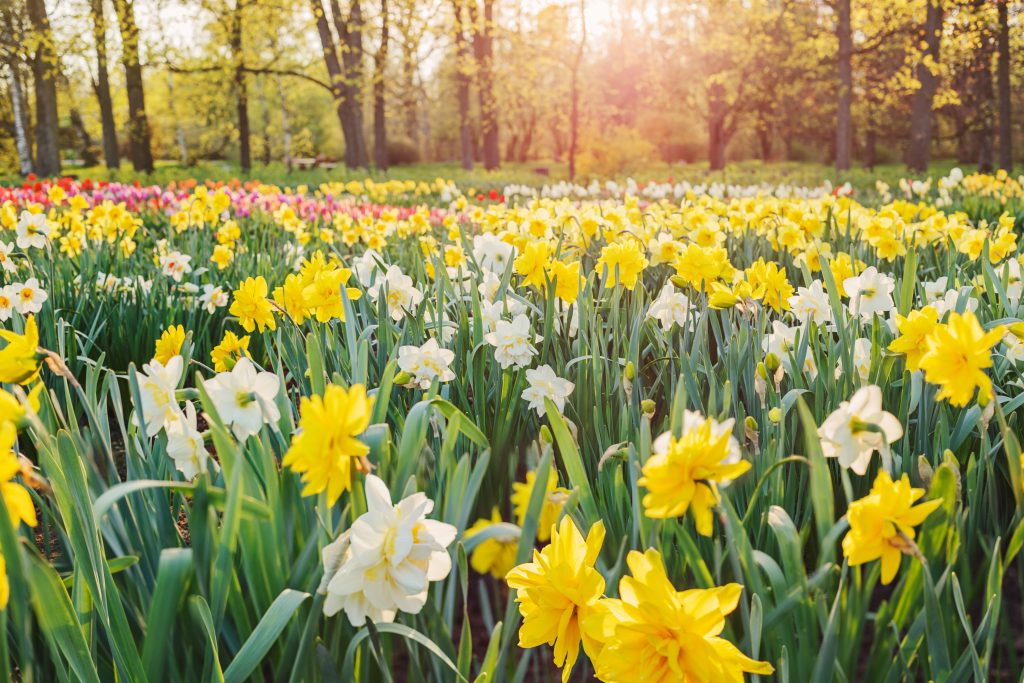
Sweet Peas can now be sown outside. Carry on deadheading winter-flowers and bedding. Pansies will continue into spring and maybe even summer if they are looked after.
Daffodils (Narcissus) will also need deadheading as they begin to fade.
Clean up any weedy areas in your beds before mulching. If you mulch with a deep layer of organic matter, this will help condition the soil.
Check your containers for drought. Although this time of year can be drizzly, they may still dry out if positioned under a cover. Simply check the compost at a hands depth, if the soil is dry, give it a water.
Lawns
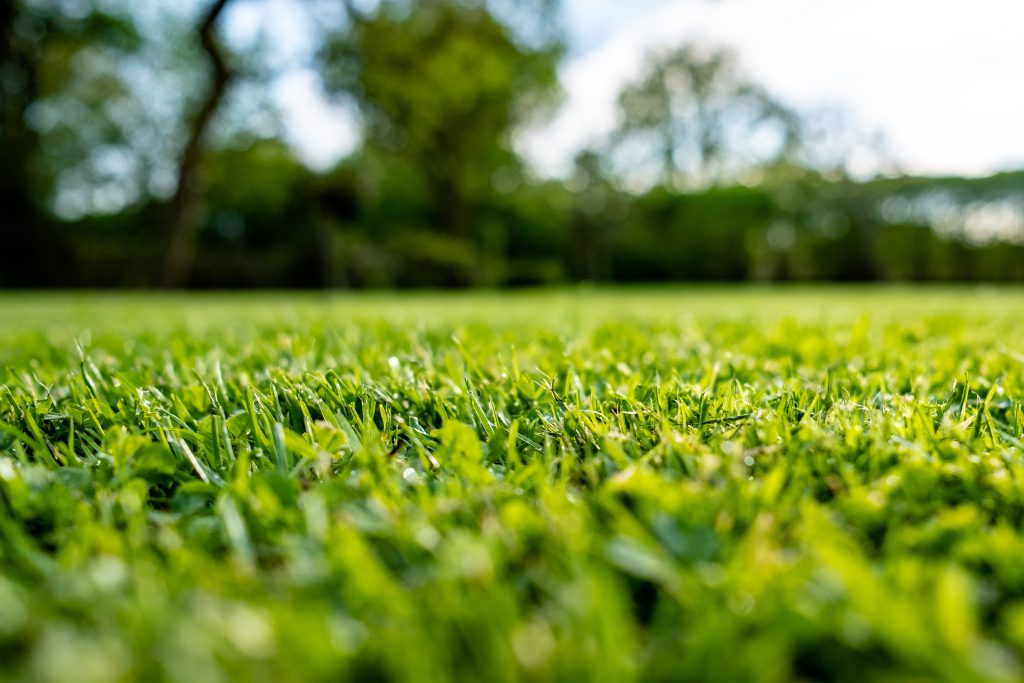
When the weather is finally mild enough and the grass is showing signs of growth, raise the mower blades by a 1/4inch higher, cut and enjoy that freshly mown grass smell.
Take the time to tidy up your lawns edges and border using an edging tool. An instant fix to create a beautifully presented garden.
In late March, apply a high nitrogen spring lawn feed if your grass needs some TLC. This will help promote strong growth to recover from the harsh winter weather.
Ponds
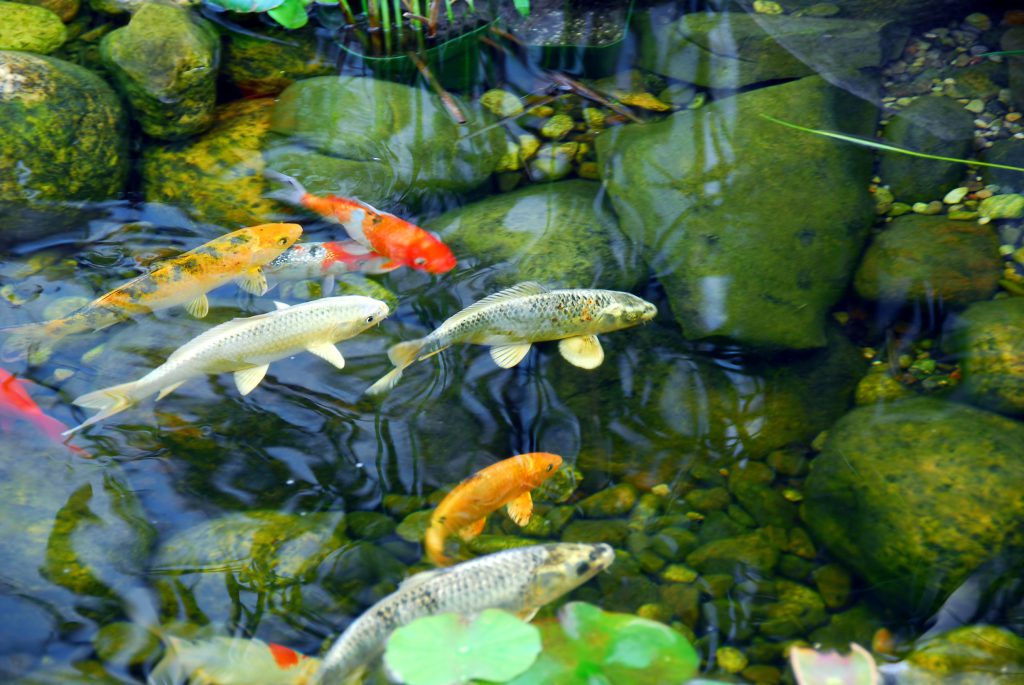
It’s time to start feeding the fish! Little and often is best so not to have excess food and then unwanted algae blooms.
Remove leaf-catching netting covers placed over during autumn/winter season.
Tidy up any plants in the bog garden and mulch with composted bark.
Trees and Shrubs
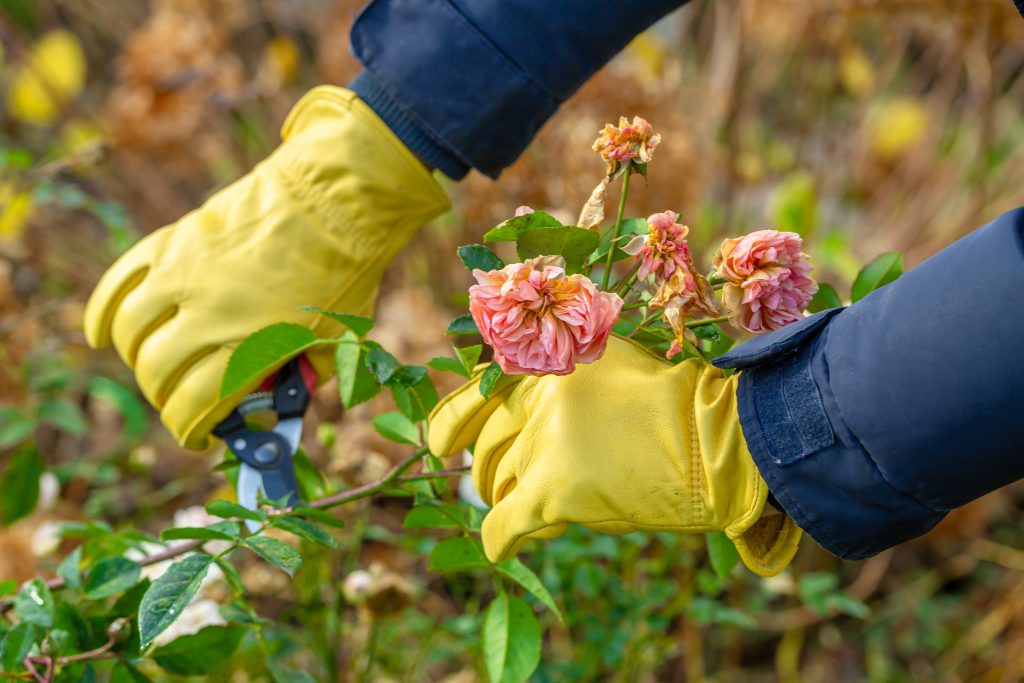
Prune established bush and standard roses as they start growing but before any leaves unfurl.
Delay pruning spring-flowering shrubs until after they have flowered, otherwise this year’s display will be lost.
Remove any reverted green shoots on hardy variegated evergreens, to prevent reversion taking over.
Tie wall shrubs and climbers onto their supports to protect them from wind damage.
Supper Club – A Taste of Italy
A Taste of Italy 2024

Introducing our fabulous menu for A Taste of Italy! 

Grab an Aperol Spritz and be transported to the Italian countryside whilst being serenaded with beautiful live music throughout the evening. Hosted by Lime Kiln Kitchen, Friday 7th June, from 7pm.
Tickets cost £40 per person. Please call 01842 763267 to book and pre-order your dishes. Book now to avoid disappointment!
Chef de Partie – Lime Kiln Kitchen
This is a great opportunity to join an established business in our busy, successful restaurant. Working alongside the Head Chef as a key member of our kitchen team, serving all fresh locally sourced produce.
This is a Full Time role.
Key Skills Required:
- Experience gained working as a Chef/Cook in busy restaurant/catering operations
- Creativity – the ability to assist in creating new menus with a hands-on approach and eye for detail.
- An understanding of legislation and compliance
- A positive attitude and outgoing personality are a must
- A strong desire to have autonomy in your job and ambition to develop your career in line with the business growing
- Have a flexible approach to working
- Pizza making (wood-fired) experience is an advantage but not necessary
Here at Thetford Garden Centre, we’re working to create a more diverse, inclusive team that will bring skills, energy, & enthusiasm to our workplace.
Please send your CV to james@thetfordgardencentre.co.uk .


